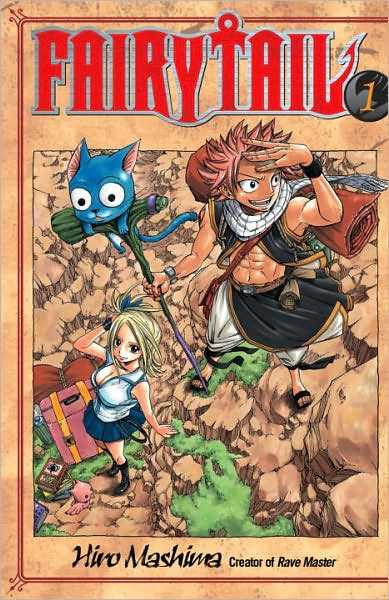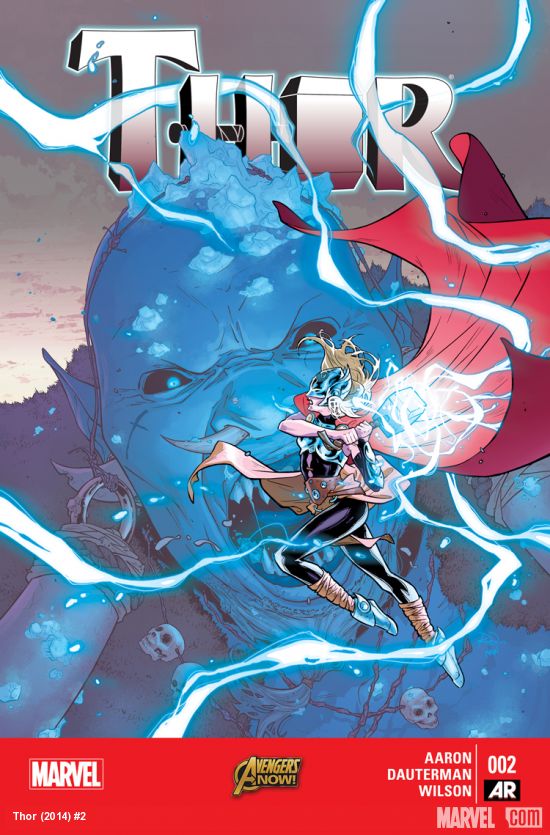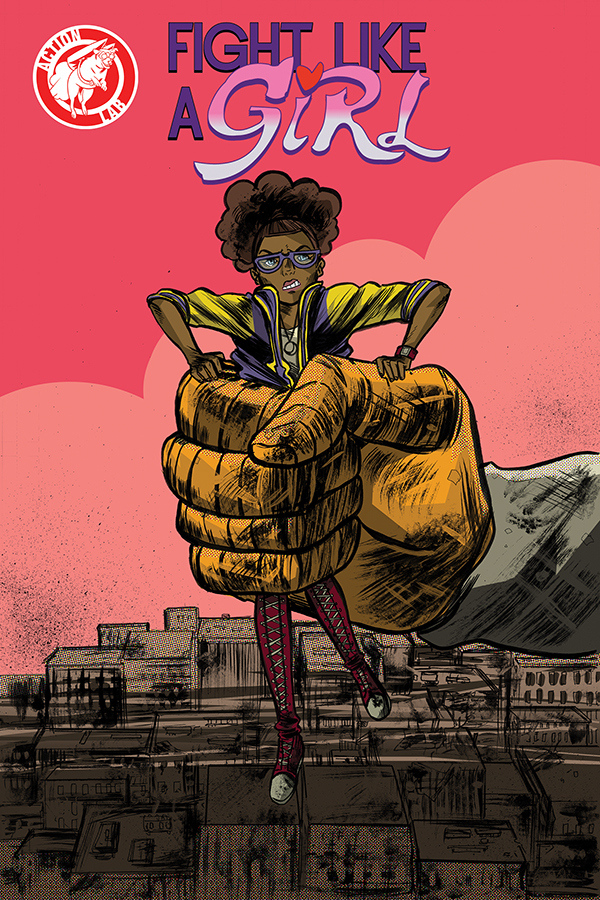This is fairly new territory for me. While I am hardly new to the world of manga, or Japanese comics, I am hardly the most qualified person to comment on it. Seeing as how I am neither Japanese nor largely familiar with Japanese customs and am more studied in the nuances of American comics than those of other cultures, I am approaching this review as an outsider, despite my enjoyment of several anime and manga titles.
That brings us to todays subject: Hiro Mashima’s “Fairy Tail,” a manga title that I knew virtually nothing about prior to reading it, and chose to purchase purely on a whim and because it gave me some membership rewards points at Barnes & Noble. So, with that mentality, lets jump right in.
Summary of “Fairy Tail”
We open with what appears to be a council that governs the magic of the world, many of the older members concerned with “those idiots at Fairy Tail.”
After that, we immediately transition to the town of Hargeon, where we meet two of our heroes, Natsu, a young pink-haired boy who is suffering from motion sickness after a long train ride, and Happy his talking cat sidekick. Apparently, the duo is searching for someone called the Fire Dragon Salamander.
Elsewhere in town, Lucy, a young female wizard, is disappointed that there is only one magic shop in town and that its wares are not terribly impressive.
Insignificant though this may seem, I appreciate this scene. It quickly establishes that magic exists in this world, and is, in fact, common enough to wear it can be purchased at most corner stores.
Anyway, The only thing in the store that catches Lucy’s eye is a magical key. Initially, the shop keep tries to charge 20 grand, but Lucy, not above using her sexuality to her advantage, tries to haggle by exposing her cleavage. It works, but she still ends up having to pay 1,000 dollars, frustrating Lucy to no end. However, Lucy’s frustration is cut short by an army of adoring female fans of a wizard known as Salamander the Fire Dragon. Among the crowd is Natsu, who thinks that this guy may be the same guy he’s been looking for.
Salamander is revealed to be a heartthrob, with every girl melting like putty in his hands, though something as off as Lucy starts falling for him as well, but sensing magic at work. Natsu jumps into the crowd, snapping Lucy out of her apparent trance. Apparently, this Salamander guy is not the same Salamander, called Igneel by Natsu, that they’re looking for so he leaves dejected, much to the irritation of Salamander’s adoring fans, especially when Natsu refuses a free autograph.
Salamander, annoyed, but largely unfazed by Natsu, takes his leave, inviting his fans to a party on his private yacht. Lucy thanks him for breaking the spell, and shows her thanks by treating Natsu and Happy to a meal. Natsu then reveals that, like many anime protagonists, he can put away for food than an entire pen of pigs is twice as sloppy of an eater. It’s then revealed that Salamander was using what is called Charm magic, a simple yet illegal spell that sways people’s hearts in the castors favor.
Following that, Lucy gives an exposition dump about how most of the world’s wizards belong to various guilds and Lucy seeks to join the one called Fairy Tail because those wizards are the coolest. Natsu, between mouthfuls of noodles, exposits that the Salamander they encountered couldn’t have been Igneel because Igneel isn’t a person, he’s an actual dragon, leading Lucy to question his logic as, if there were a big dragon in town, it likely would not be hard to spot. After thanking one another, Lucy and Natsu part ways, only for Lucy to run into Salamander. Salamander claims to be a Fairy Tail wizard, and while Lucy doesn’t trust him, she won’t pass up an opportunity to fulfill her dream of joining the guild. Later on, Natsu overhears that Salamander claims to be from Fairy Tale, something that catches his attention.
On Salamander’s boat, Lucy is having a good time, but when she deduces that Salamander plans to roofie her, she decides she’s had enough. This prompts Salamander to drop the act and reveal that this whole scheme is actually part of a slave trafficking operation. He lures unsuspecting people onto his party boat, drugs them, and sells them as slaves.
His goons restrain her and Salamander, recognizing her magic keys, tosses them out the window. Just when things look bleak, Natsu comes busting through the roof to save the day, but is then promptly dropped by his motion sickness. Happy the Cat, revealing that he has wings, flies Lucy out of harm’s way. Unfortunately, his wings are only temporary, and Lucy falls into the ocean where she recovers her keys. Using one of the keys, Lucy summons a celestial spirit, a Mermaid called Aquarious. Aquarious agrees to force the ship to shore, but says that if Lucy ever loses her key again, she will kill her.
Meanwhile, with the boat run aground, Natsu’s over his motion sickness, and reveals that Salamander’s claims of being a Fairy Tail wizard were bogus, and he knows this because not only is he a wizard himself, but Natsu is, in fact, the real Salamander. Salamander, who’s real name is revealed to be Bora, angrily tries to roast Natsu with his fire magic, but Natsu just eats the fire without a second thought. Then, using his own vastly superior fire magic, beats the living hell out of Bora. In the chaos caused by the burning shipwreck, Natsu runs away, dragging Lucy along with him, offering her a chance to join up with Fairy Tail.
Our first chapter comes to an end with the council from the beginning arguing over what to do with the idiots at Fairy Tail, having read a news story about the burning shipwreck and the property damage caused by Natsu. One of the younger members of the council speaks up and says that while the Fairy Tail wizards may be screw-ups, the world is infinitely less boring with them in it.
What Works in “Fairy Tail”
As a first chapter, this is very strong and establishes much about our main characters, but leaves enough out that it can be further explored as the story continues.
Natsu is a typical anime hero; he’s immature, not especially bright, has an appetite like a stoned grizzly bear, but still a good and heroic person and very powerful. I actually rather appreciate the fact that the writers opted to give Natsu motion sickness. A lot of anime protagonists have a tendency to seem overpowered in the initial chapters, and Natsu is no exception. So, by giving him a believable weakness, in balances out his incredible power and makes the villain a genuine threat, at least until they’re on solid ground.
[Tweet “Fairy Tail protagonist Natsu has a realistic weakness unlike many #anime characters.”]
Lucy is also a decent character. While she’s naïve, vain, and not above cheap seduction tactics, she is also a kind-hearted person and wants to do good, likely part of why she wishes to join Fairy Tail. The nature of her magic is also hinted at. While she can summon spirits at will, she doesn’t control them per se. We later learn that it’s more of a contract between her and the spirit, and each one she has access to has its own distinct personality.
What Doesn’t Work
Since this is my first time reviewing a manga, I’d like to take this time to address some issues I have with the format in general. While reading the story backwards can be annoying, (Japanese books are traditionally read right to left instead of left to right), I can accept that as a cultural difference and I’m sure that if I gave an American book to a Japanese reader, they’d be just as confused. No, my issue with all manga is, no matter what I’m reading, it is always, ALWAYS in black and white. Why? One of the aesthetic appeals of anime as well as western comics is the bright and colorful characters. I’ve never understood the point of stripping Manga volumes of that appeal.
As far as the story itself is concerned, I don’t have too many complaints. The dialogue can seem stunted at times, although I think that’s typical of a translated work.
Overall Rating: 5/5
While we have yet to establish the status quo for the series, this tale is a great introduction to our characters. It’s fun and doesn’t feel the need to take itself to seriously, allowing it to have fun with the more absurd aspects of its premise.





